Automobile manufacturers’ preparation for 2018 deadline
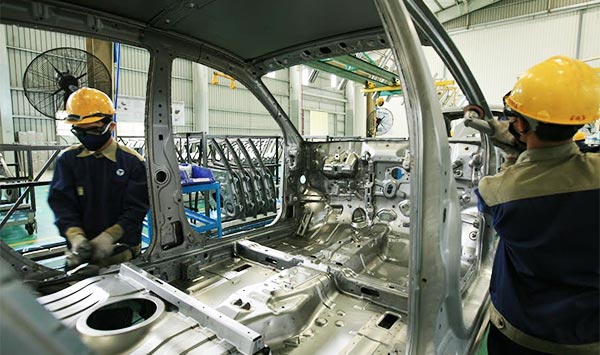
Photo Duc Thanh
At a meeting between the Ministry of Trade and Industry, manufacturers and assemblers held recently in Hanoi, deputy minister of Trade and Industry Tran Tuan Anh said that the government has once again confirmed its commitment to implement the second version of the automobile industry strategy.
“After more than ten years of implementing the first version strategy, we have found out that it was not detailed enough and contained too many general policies which could not encourage manufacturers and assemblers to push up their activities,” said Tuan Anh.
He added that Vietnam needs large-scale strategic partners with adequate technologies, market research and financial means to develop the automobile industry.
Dao Phan Long, deputy chairman of the Mechanical Association said that Vietnam has a great potential market for automobiles with its population of more than 90 million. “Therefore, I think that manufacturers would not leave the market,’ Long said.
Representatives from Honda and Toyota had also claimed that with the economic recovery, Vietnam will certainly remain as a potential destination for automobile development.
According to Tran Ba Duong, chairman of Truong Hai Automobile, the manufacturing system must remain and be developed in Vietnam.
“One car, in reality, is a cumulation of contributions from many different industries, which places the automobile industry in the leading position in developing related industries as well,” Duong said.
He also added that the aim to attract big manufacturers to use Vietnam as a production hub, then export to other neighbouring countries is a right and feasible direction. However, the domestic market has not developed enough, necessitating the government to give special incentives for them to survive.
‘Manufacturers and assemblers have to be supported when the market is not big enough, at least for some more years,” Duong said.
Duong also requested the Ministry of Finance to review two types of taxation related to the automobile sector: the special consumption and the spare parts import tax, in order to create a more supportive environment for manufacturers.
Yoshihisa Maruta, president of Toyota Motor Vietnam, stated that manufacturers find it hard to raise localisation rates as every type of vehicle occupies a relatively small share in the market.
“We can only increase localisation and reduce vehicle prices when there is a stable, constant taxation policy,” Maruta said.
Meanwhile, Vinaxuki chairman Bui Ngoc Huyen criticised the current regulatory framework saying that manufacturers could produce better development results in a stably policy environment.
“Policies must be stable and transparent in order to ensure manufacturers constant room for development,” Huyen said.
Deputy minister Tran Tuan Anh conceded that the policy provisions themselves were good but their implementation at the grassroots level was not consistent.
Vietnam’s automobile manufacturing system now has a total capacity of 460,000 units per year, but localisation has mostly been implemented at a rudimentary level. Outstanding manufacturers are Thaco (obtaining 15-18 per cent of localisation) and Toyota Vietnam (37 per cent for Innova). In light truck manufacture, Thaco has 33 per cent and Vinaxuki 50 per cent.
The strategy to develop the Vietnamese automobile sector by 2020 and the vision of 2030 targets to manufacture four key types of cars (personal vehicles, trucks, less-than-nine seat cabs and specialised, multi-function cabs) with a minimum capacity of 100,000 units per year.
It also sets the objective that in 2030 Vietnam will have 862,700 domestically manufactured cabs in total. Among these around 60,000 units will be exported abroad with a turnover of $6 billion.
In 2014, more than 133,580 cars were sold on the Vietnamese market for all types, an increase of 30 per cent compared to 2013.
What the stars mean:
★ Poor ★ ★ Promising ★★★ Good ★★★★ Very good ★★★★★ Exceptional
Latest News
More News
- Hanoi welcomes Guangdong businesses to invest (November 27, 2024 | 15:21)
- The facilitation of M&As in Vietnam’s logistics sector (November 27, 2024 | 13:00)
- Viable progress made with M&As from Japan to Vietnam (November 27, 2024 | 10:43)
- Home firms make M&A presence felt (November 27, 2024 | 09:33)
- Thailand's BCPG invests $130 million in Gia Lai wind power plants (November 26, 2024 | 15:08)
- The 16th Vietnam M&A Forum: A Blossoming Market (November 26, 2024 | 13:53)
- Posco interested in $2.2 billion Quynh Lap LNG thermal power plant (November 26, 2024 | 13:50)
- $1.4 billion Nhon Trach 3 and 4 to operate in 2025 (November 26, 2024 | 13:37)
- Hung Yen focused on attracting high-tech FDI (November 26, 2024 | 13:20)
- Foreign investors flock to invest in southern provinces and cities (November 26, 2024 | 10:00)

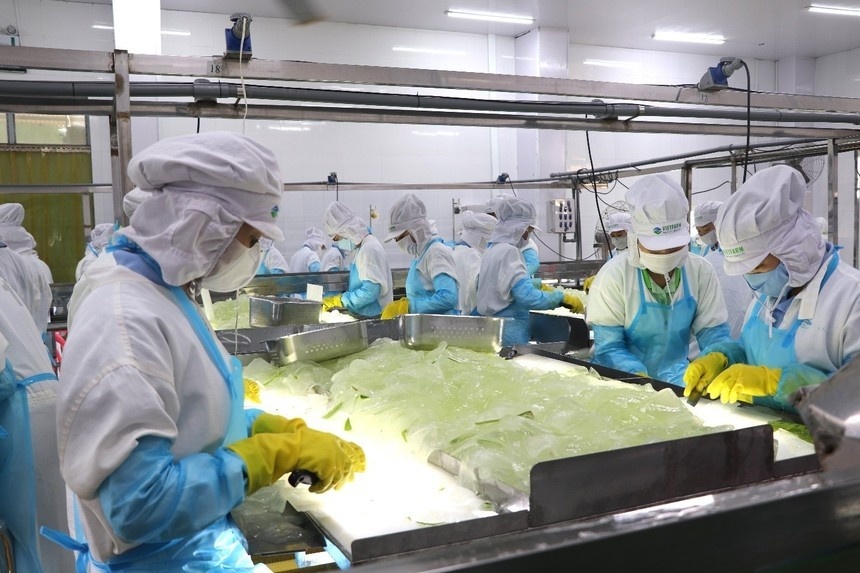
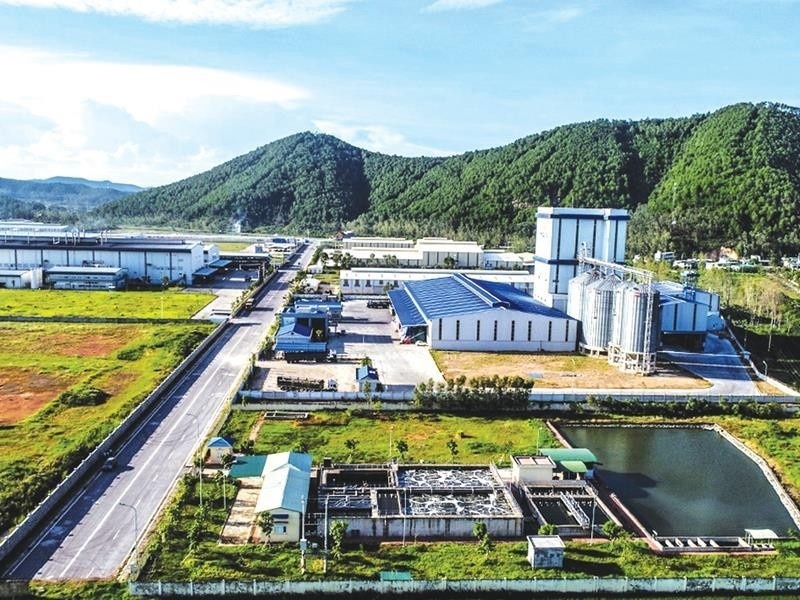
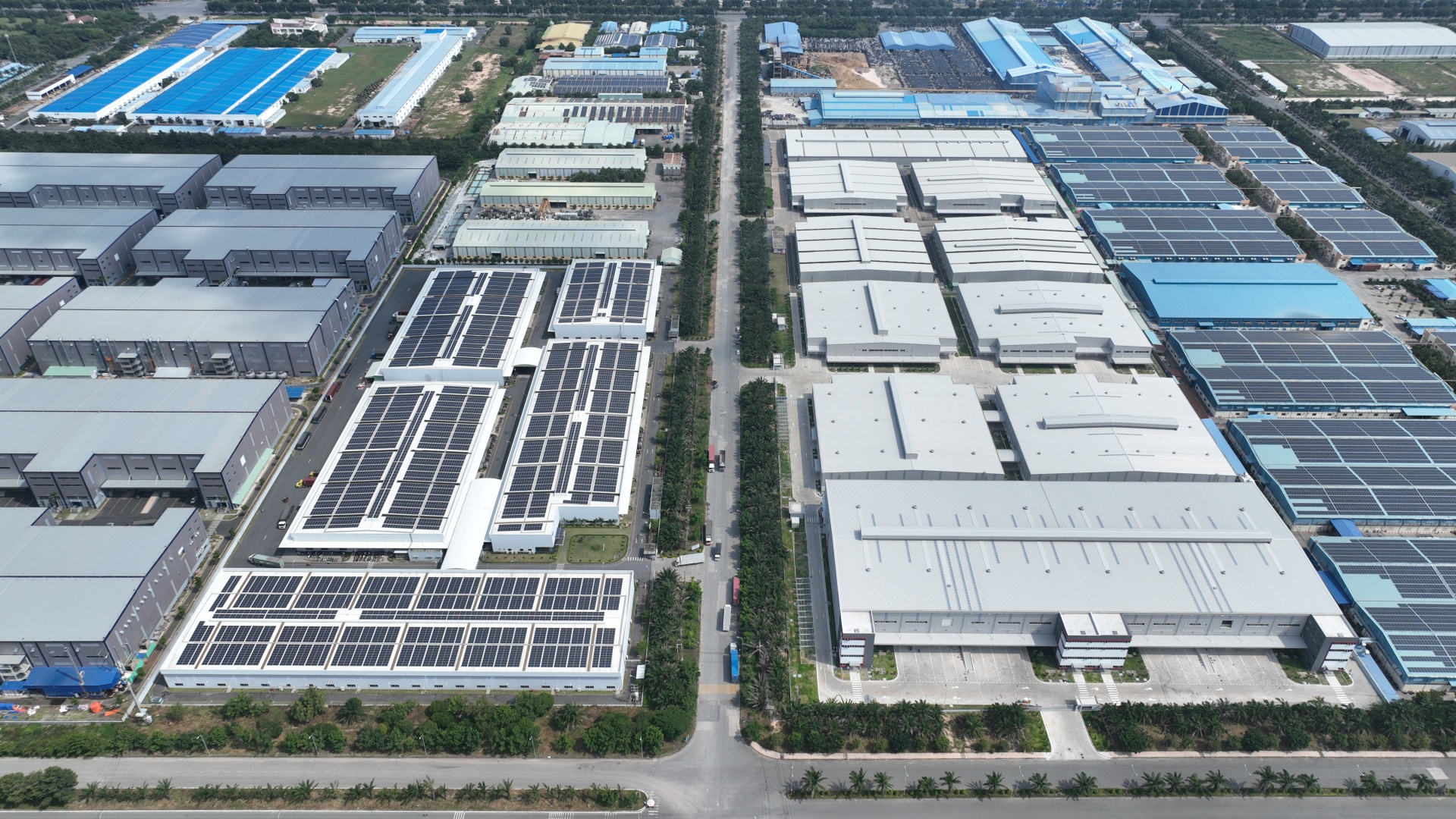

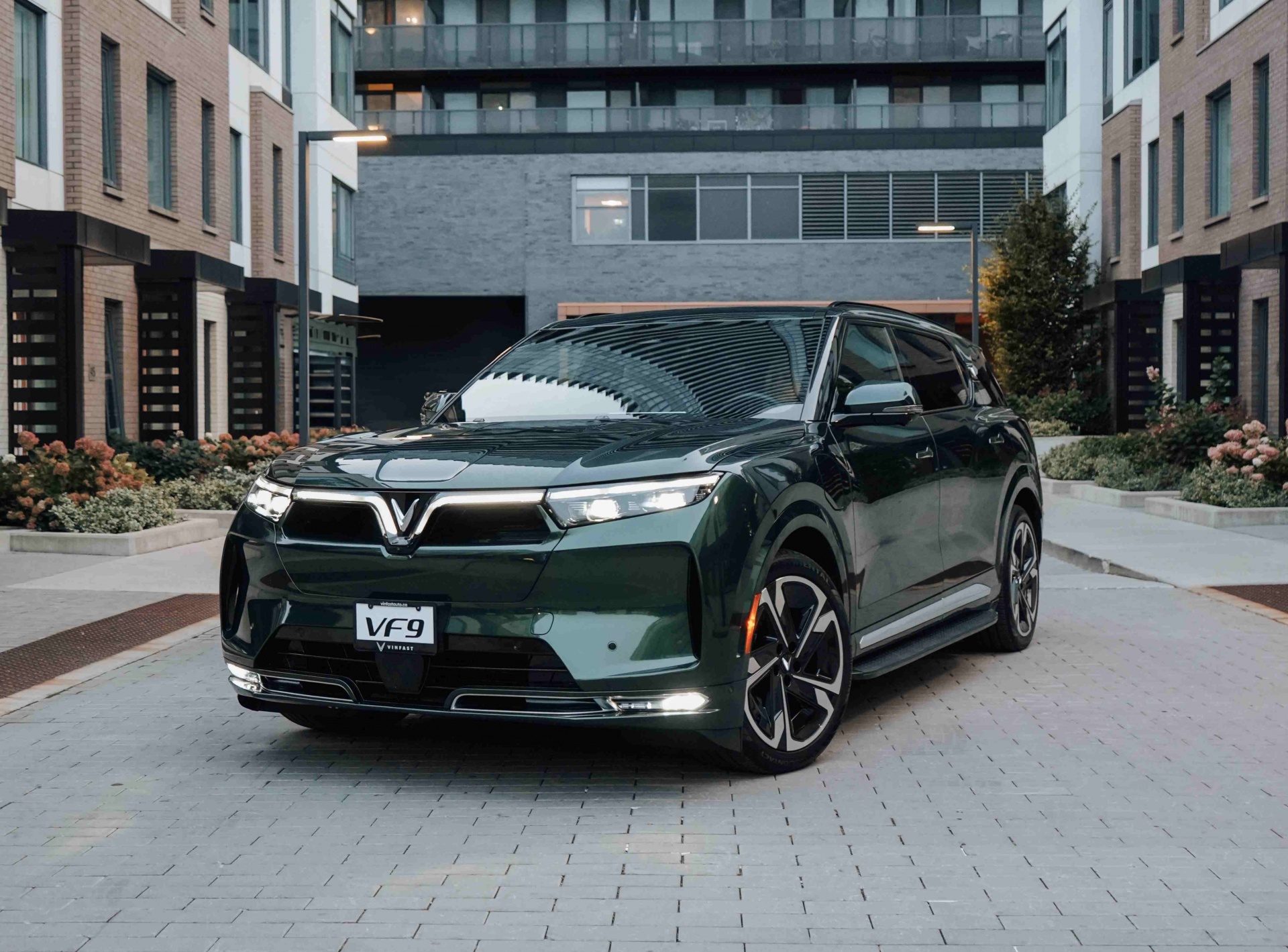




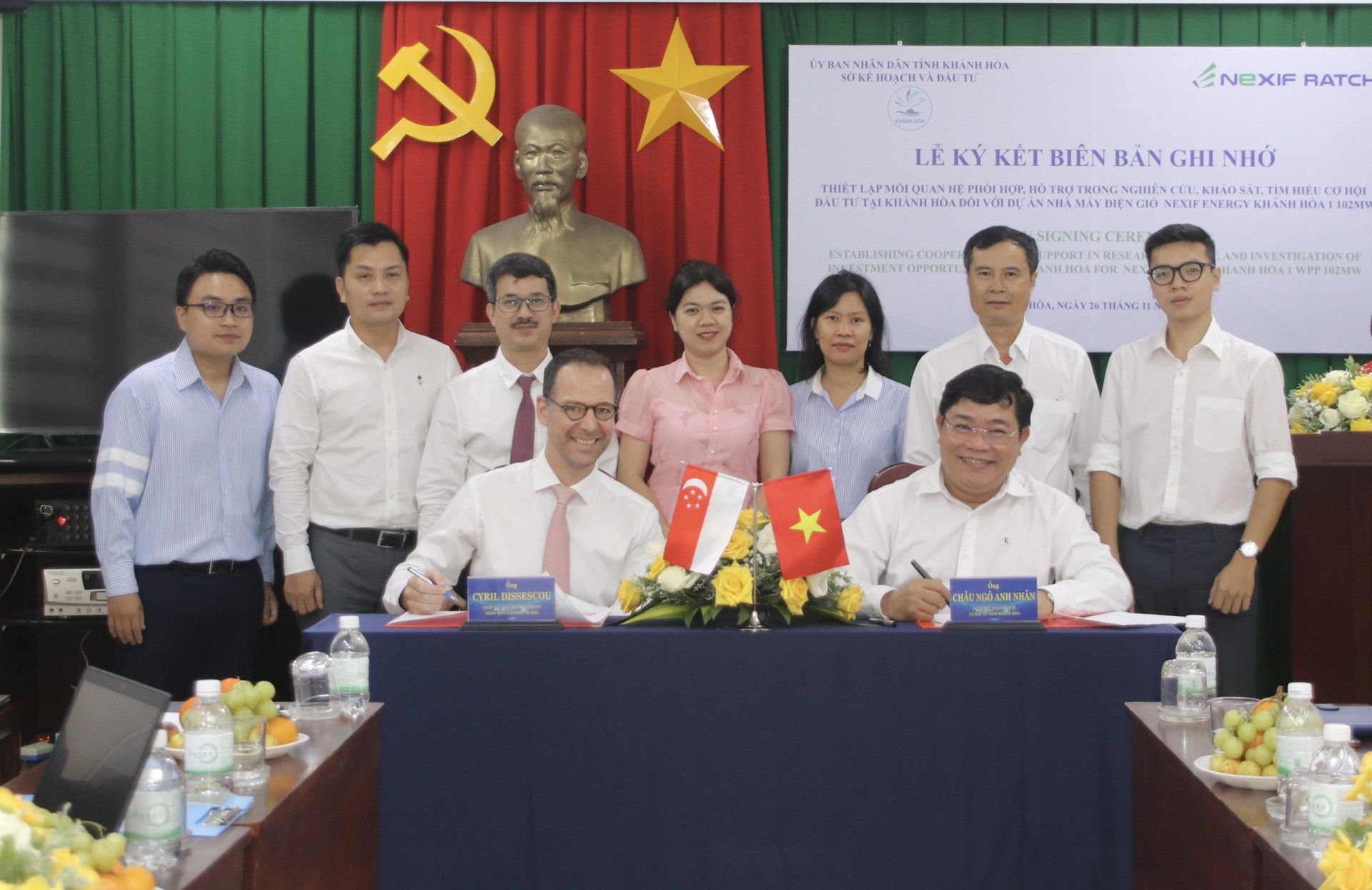
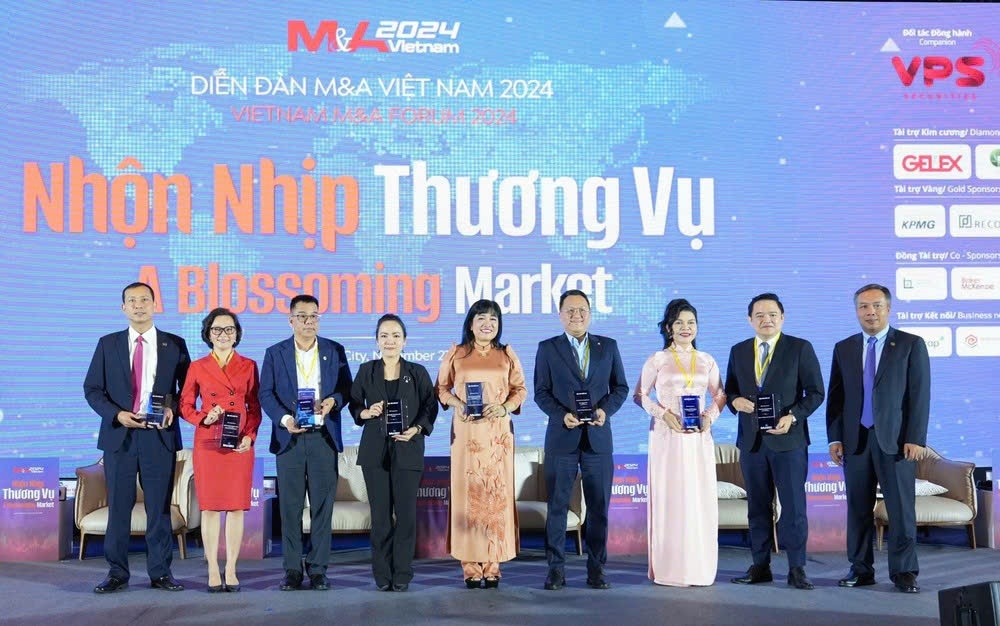
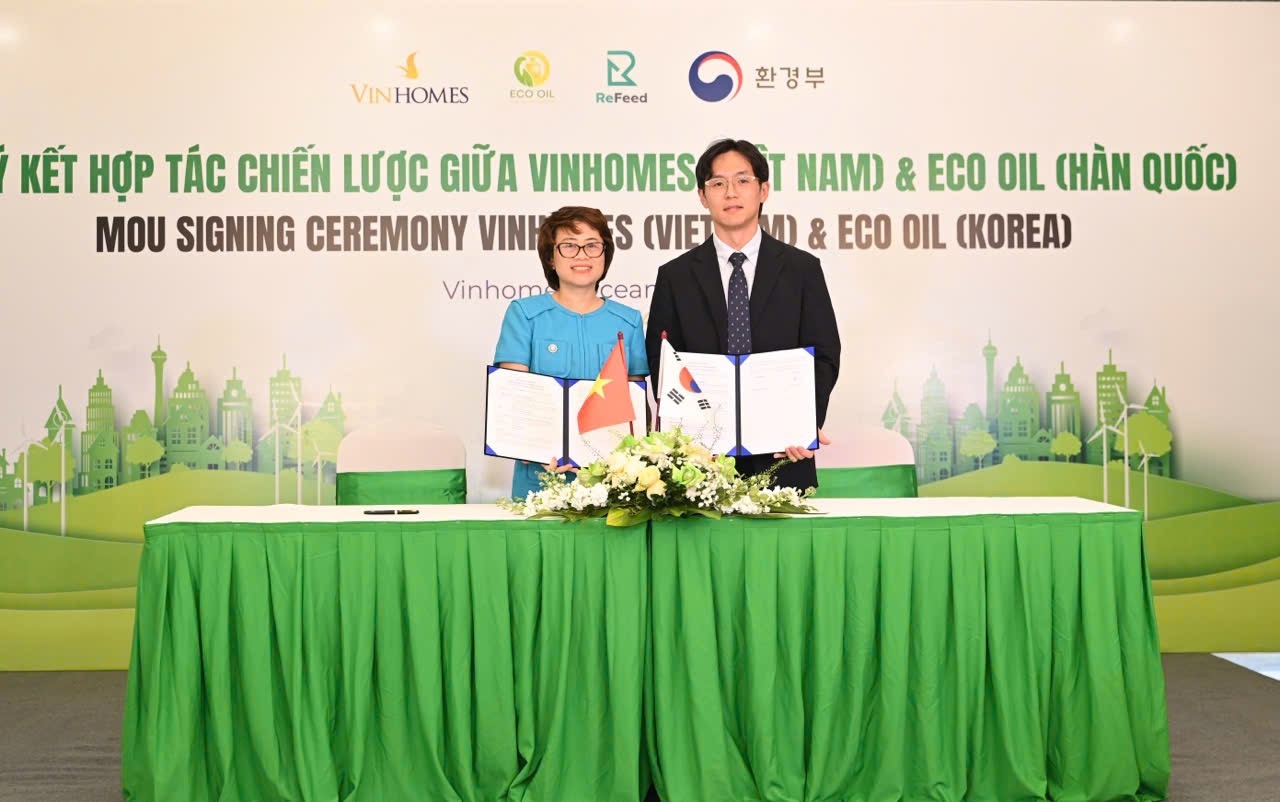



 Mobile Version
Mobile Version